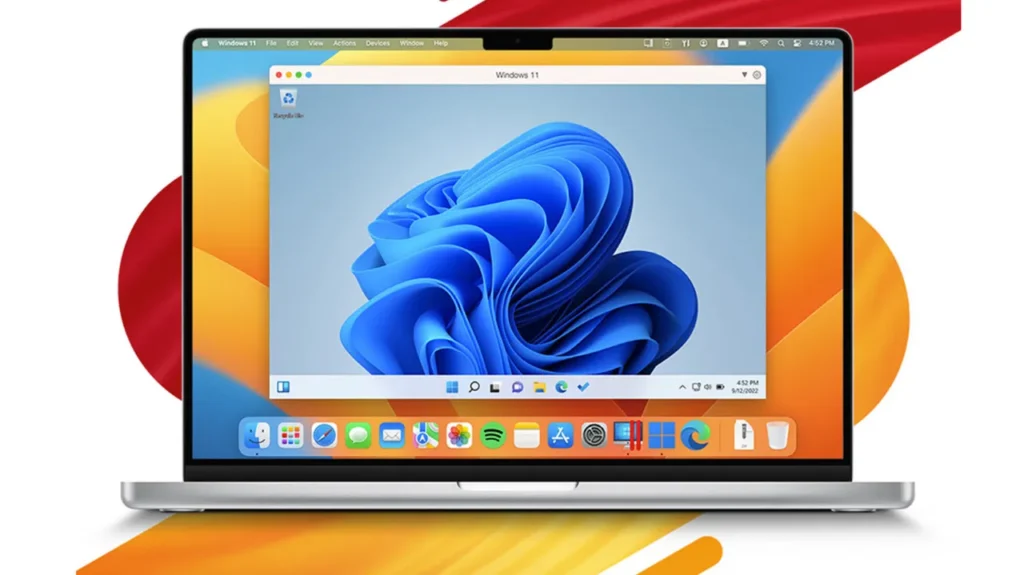In a recent development within the cybersecurity landscape, Parallels Desktop, a widely used virtualization software, has come under the spotlight due to a critical vulnerability identified as CVE-2023-50226, rated at a substantial CVSS score of 7.8. This flaw, categorized as a privilege escalation vulnerability, poses a significant threat as it allows local attackers with limited system access to elevate their privileges and execute arbitrary code at the root level.
At the heart of CVE-2023-50226 is a weakness within the Updater service of Parallels Desktop. Exploiting this vulnerability, attackers can manipulate the system by creating symbolic links, essentially references to other files or directories. This tactic deceives the Updater service into performing unintended file operations, a classic example of exploiting file system operations for malicious purposes.
Adding an extra layer of concern is the existence of a Proof-of-Concept (PoC) exploit, thoughtfully shared by security researcher kn32 on GitHub. While PoC exploits are invaluable for understanding and addressing vulnerabilities, they also present a risk as they can potentially fall into the wrong hands, empowering malicious actors to exploit the flaw before users can apply necessary patches.
Recognizing the gravity of the situation, Parallels has responded promptly by releasing updates for the affected versions. Versions 18.3.2 (53621) and 17.1.7 (51588), both rolled out in July of the previous year, have been fortified against CVE-2023-50226, underscoring the company’s commitment to user security.
The importance of user action in this scenario cannot be overstated. Users of Parallels Desktop are strongly urged not only to consider updating to the latest version but to deem it essential for securing their virtual environments. Failure to apply the necessary patches may expose systems to the risk of compromise, potentially allowing attackers to gain control over the entire system.
Parallels Desktop users should prioritize the installation of the latest updates to fortify their defense against CVE-2023-50226. This swift response from Parallels serves as a testament to the company’s dedication to user safety, showcasing the proactive measures taken to address and mitigate potential threats.
In an era where digital threats continue to evolve, staying vigilant and promptly addressing vulnerabilities remains paramount. As cybersecurity journalists, it is our duty to disseminate this crucial information to empower users and organizations in safeguarding their digital assets. The Parallels Desktop case serves as a reminder that cybersecurity is an ongoing process, requiring collaboration between users, developers, and the security community to maintain a robust defense against emerging threats.
